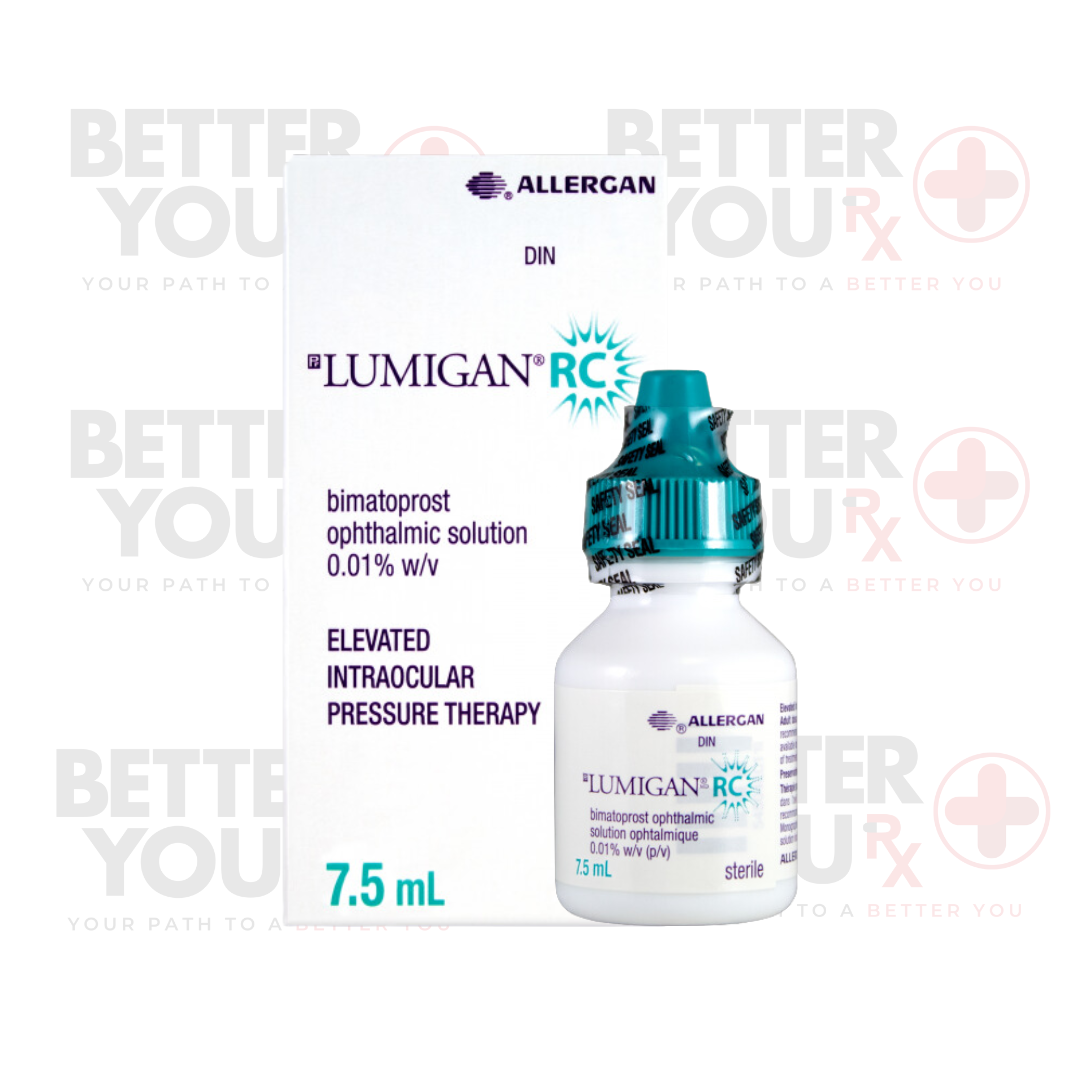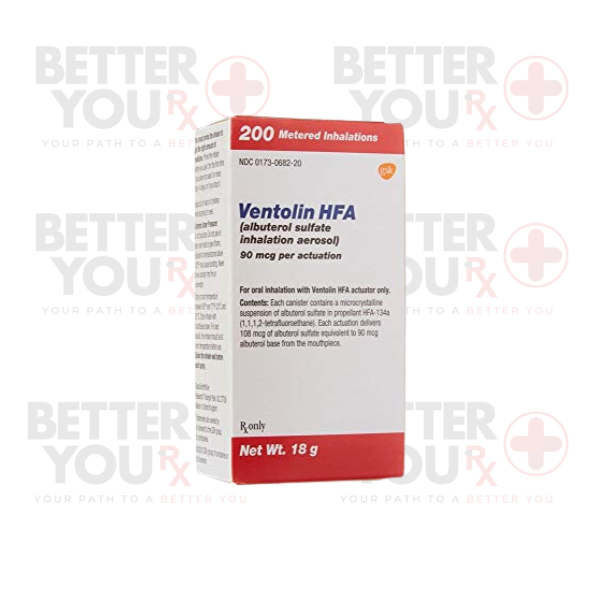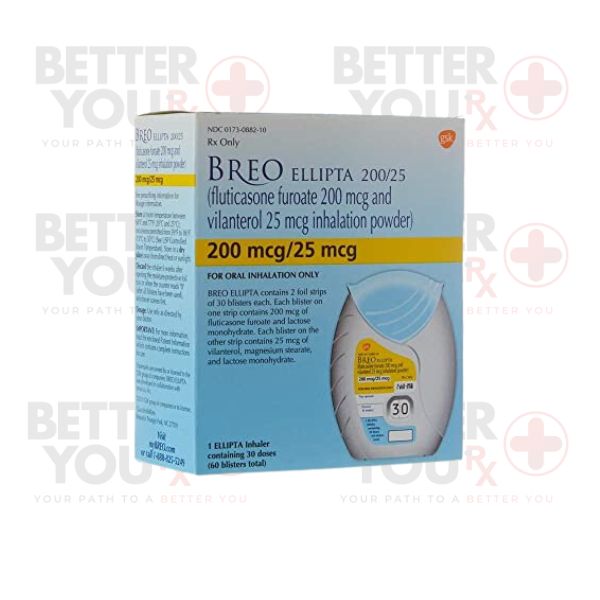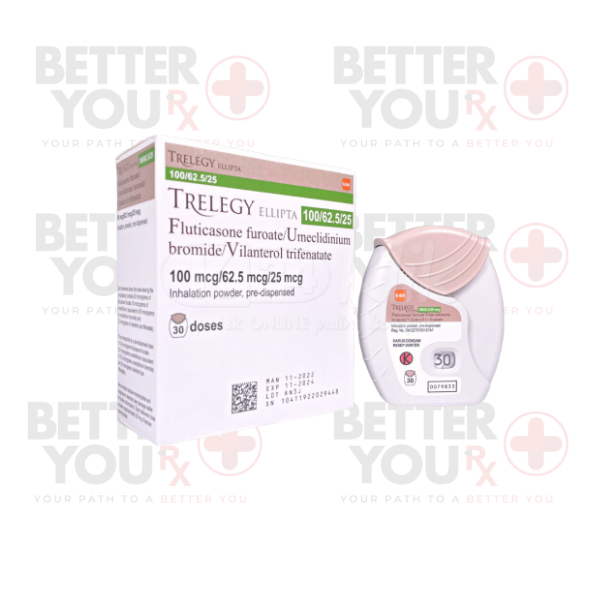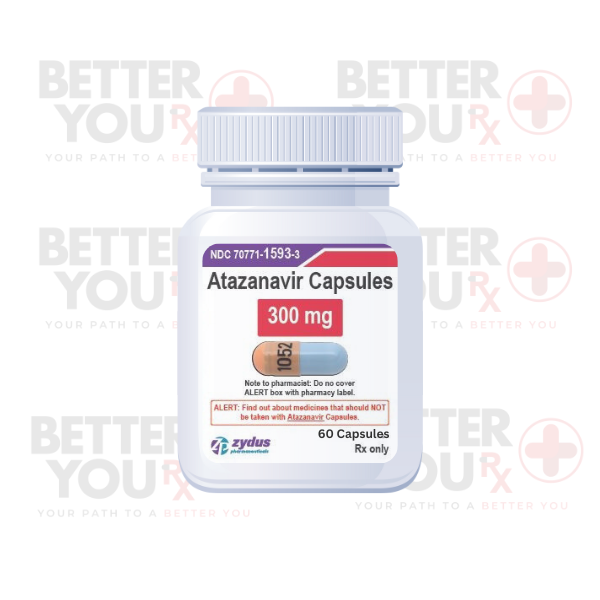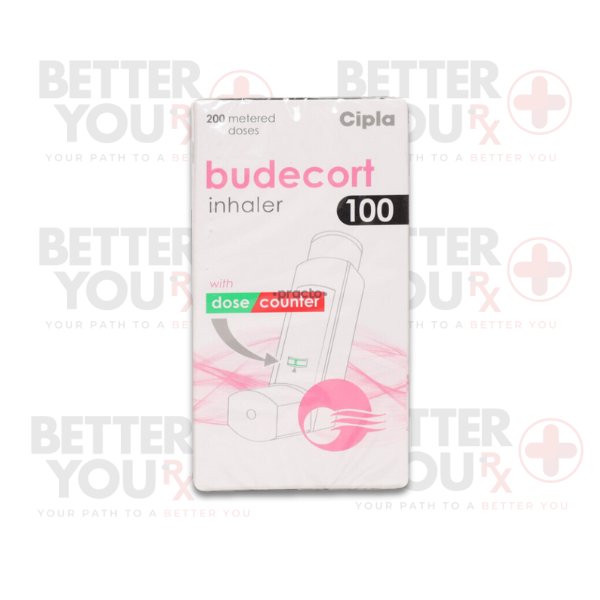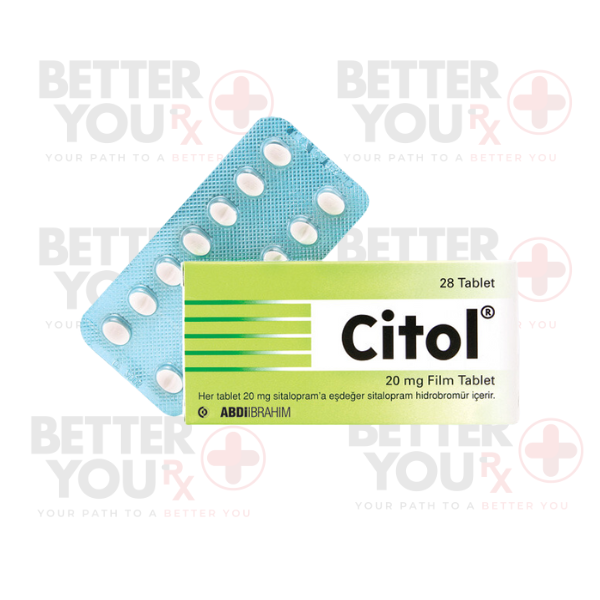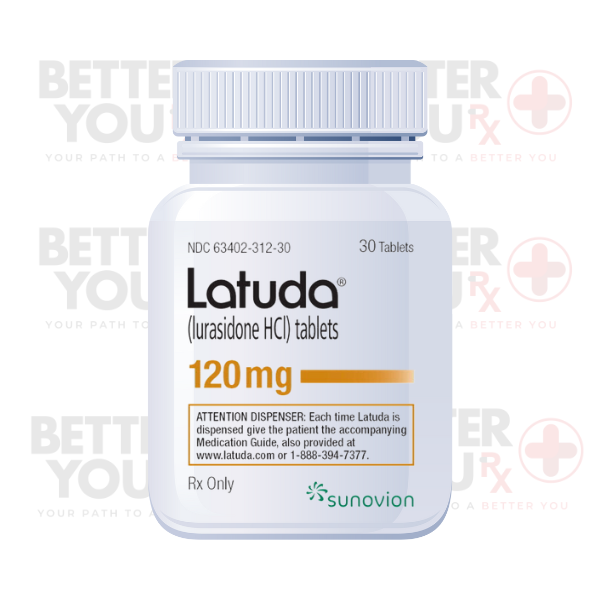| Usage |
Bimatoprost ophthalmic is supplied as a liquid solution for eye administration. Typically, it is applied to the affected eye(s) once daily in the evening. To optimize its effectiveness, aim to use the medication at approximately the same time each day. Adhering to the instructions on your prescription label is essential, and if any part is unclear, consult your doctor or pharmacist for clarification. Always use bimatoprost precisely as directed by your healthcare provider. Do not exceed or reduce the prescribed dosage, and refrain from using it more frequently than directed by your healthcare provider.
It's important to note that while bimatoprost effectively manages glaucoma and ocular hypertension, it does not provide a cure. Therefore, continue using bimatoprost eye drops even if you are feeling well. Do not discontinue the use of bimatoprost eye drops without first consulting your doctor.
To properly instill the eye drops, follow these steps:
1. Commence by thoroughly washing your hands with soap and water.
2. Inspect the dropper tip to ensure it is not damaged, chipped, or cracked.
3. Be cautious to avoid contact between the dropper tip and your eye or any other surface; maintaining the cleanliness of the eye drops and dropper is imperative.
4. Tilt your head backward and use your index finger to gently pull down the lower lid of your eye, forming a small pocket.
5. Hold the dropper (with the tip facing downward) using your other hand, positioning it as close to the eye as possible without touching the eye itself.
6. Steady your remaining fingers against your face for stability.
7. While looking upward, gently squeeze the dropper to release a single drop into the pocket formed by the lower eyelid. Lift your index finger away from the lower eyelid.
8. Keep your eye closed for approximately 2 to 3 minutes and tilt your head downward as if looking at the floor. Avoid blinking or squeezing your eyelids during this time.
9. Apply gentle pressure to the tear duct by placing a finger there.
10. Any excess liquid on your face can be wiped away with a tissue.
11. If you are instructed to use more than one drop in the same eye, wait at least 5 minutes before applying the next drop.
12. After usage, replace and securely tighten the cap on the dropper bottle. Avoid wiping or rinsing the dropper tip.
13. To eliminate any residual medication, wash your hands thoroughly.
|
| Side Effects |
Bimatoprost may elicit certain side effects. It is essential to inform your doctor if you encounter any of these symptoms, especially if they persist or worsen:
• Itchy eyes
• Dry eyes
• Burning eyes
• Eye pain or irritation
• Excessive tearing
• Headaches
Some side effects could be more severe. If you observe any of the following side effects, promptly contact your doctor:
• Increased sensitivity to light
• Pink eye (conjunctivitis)
• Redness or swelling of the eyelid
Bimatoprost eye drops have the potential to alter the color of your eye, typically causing it to become brown, as well as darkening the skin around the eye. Additionally, it may lead to the growth of longer and thicker eyelashes that may also darken. These changes typically occur gradually, but they may be permanent. If you use bimatoprost in only one eye, be aware that there may be a noticeable difference between your eyes over time. Should you observe these changes, it is advisable to contact your doctor.
Bimatoprost eye drops may also produce other side effects. If you experience any unusual issues while using this medication, consult your doctor for guidance and assessment. Your doctor can provide further insight into managing any side effects and ensuring your safety during treatment.
|
| Storage |
To ensure the safekeeping of this medication, please adhere to the following guidelines:
1. Storage: Keep this medication in its original container, tightly sealed, and out of the reach of children. Store it at room temperature and avoid exposure to excess heat and moisture. It's important not to store it in the bathroom, where humidity and temperature fluctuations may affect its stability.
2. Disposal: Dispose of any unused medication responsibly to prevent accidental ingestion by pets, children, or others. Do not flush this medication down the toilet, as it can have environmental impacts. Instead, the recommended method for disposal is through a medicine take-back program. You can consult your pharmacist or contact your local garbage/recycling department to inquire about available take-back programs in your community.
3. Child Safety: To safeguard young children from accidental ingestion or poisoning, it is crucial to store all medications out of their sight and reach. Many medication containers, including those for eye drops, creams, patches, and inhalers, are not child-resistant, and children can easily open them. Always secure safety caps on medication containers and promptly place the medication in a secure location, ideally one that is elevated and inaccessible to children.
|
| Special Precaution |
Before using bimatoprost eye drops, it's essential to follow these important guidelines:
1. Allergies: Inform your doctor and pharmacist if you have any known allergies, especially if you are allergic to bimatoprost or any other medications.
2. Medication List: Share with your doctor and pharmacist a comprehensive list of all prescription and nonprescription medications, vitamins, nutritional supplements, and herbal products you are currently using.
3. Timing with Other Eye Medications: If you are using another topical eye medication, ensure you instill it at least 5 minutes before or after using bimatoprost eye drops.
4. Eye Conditions: Notify your doctor if you have eye inflammation (swelling) or if you have a torn or missing lens. Additionally, inform your doctor of any history of liver or kidney disease.
5. Pregnancy and Breastfeeding: If you are pregnant, planning to become pregnant, or currently breastfeeding, discuss this with your doctor. In the event of pregnancy while using bimatoprost, contact your doctor promptly.
6. Contact Lenses: Be aware that bimatoprost solution contains benzalkonium chloride, which can be absorbed by soft contact lenses. If you wear contact lenses, remove them before instilling bimatoprost and wait 15 minutes before reinserting them.
7. Eye Injury, Infection, or Surgery: In cases of eye injury, infection, or surgery while using bimatoprost, consult your doctor to determine whether you should continue using the same eye drop container.
|

